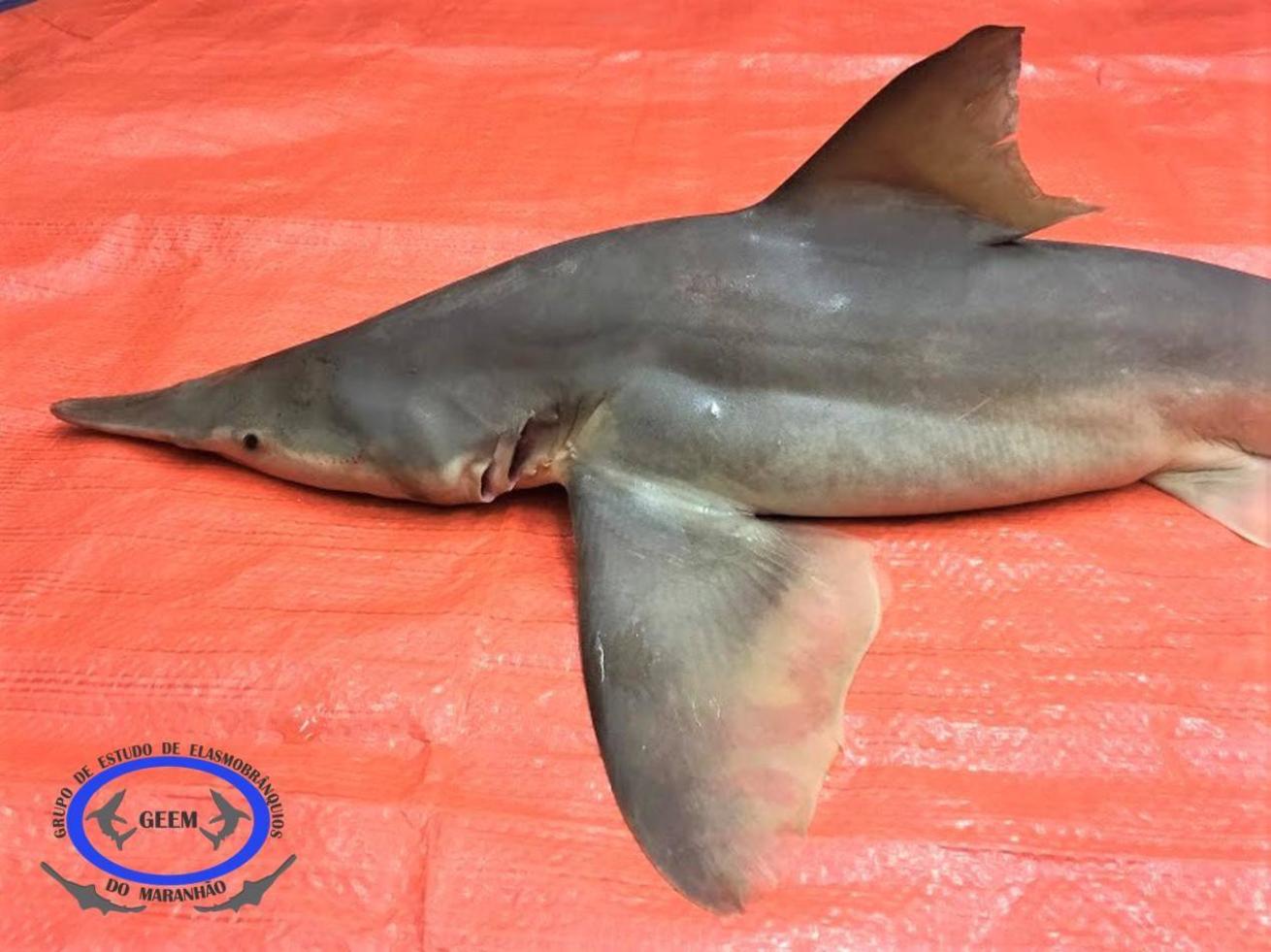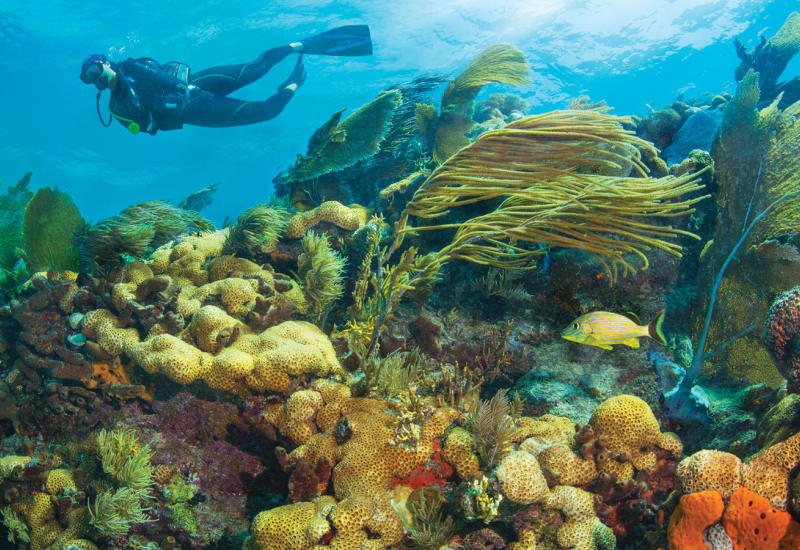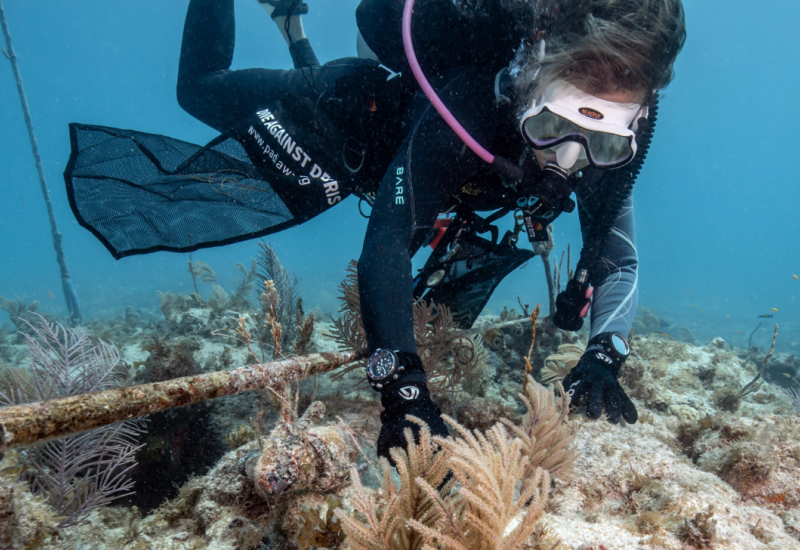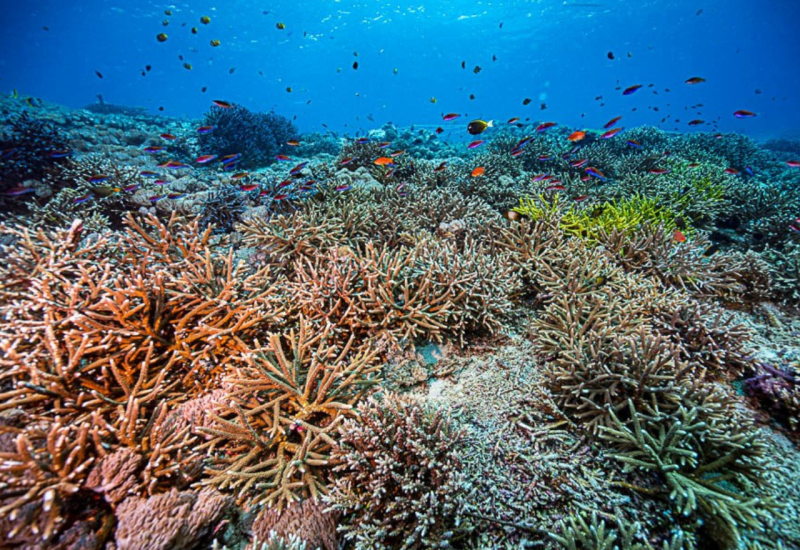Shark Species That You’ve Probably Never Heard of, But Desperately Need Your Help
Quick: Think of a species of shark in bad conservation trouble. What species did you think of? When I asked this question of my twitter followers last year, the top-five shark species people named were hammerheads, great white sharks, whale sharks, basking sharks and mako sharks. None of those species are doing particularly well—several hammerhead species, as well as whale sharks and mako sharks, are assessed as Endangered by the IUCN Red List, an international group of scientific experts.
However, none of these species are assessed as Critically Endangered, an assessment reserved for the species in the absolute worst conservation shape. In other words, the species that the most people think of as examples of shark species in bad shape are not the species that are in the worst shape.
Indeed, though many scuba divers know that sharks as a group are in pretty bad conservation shape, most people have never even heard of the majority of the shark species assessed as Critically Endangered by the IUCN Red List.
In fact, I studied how shark conservation topics are presented in the media, and out of 1,808 news articles about shark conservation over the last decade, there were just 20 mentions of any Critically Endangered shark species! That’s a real problem, because the Critically Endangered species of sharks have the greatest need for conservation action, which could be spurred from public concern about the issues they face. But it’s also a shame, because the Critically Endangered species are fascinating animals for many more reasons than their alarming conservation status.
Here’s why these less-famous species are equally fascinating and worthy of our attention:
The Natal Shyshark is Cute and Incredibly Rare
Take the natal shyshark (Haploblepharus kistnasamyi), for example. Like other shysharks, it gets its common name from an adorable behavior: covering its face with its tail when startled. Only three members of this species have ever been documented by science, even though it lives in shallow coastal waters off South Africa—and those three adults were all caught inside an area only about the size of 10 football fields. This species is an endemic—unlike many marine species that you can see regularly when you go diving in lots of places, endemics are only found in one country or small geographic region.

Courtesy Natascha Wosnick/Elasmobranch Study Group of MaranhãoLook at that snout! The daggernose shark (Isogomphodon oxyrhynchus) inhabits muddy waters such as mangroves and river mouths in northeastern South America.
The Daggernose Shark Is Built for Zero-Viz Conditions
The daggernose shark (Isogomphodon oxyrhynchus), found off the coast of South America, has extremely small eyes in addition to its long pointed snout. This weird body shape is related to the habitat. In the shallow murky waters that daggernose sharks call home, you can’t see much, which makes relying on other senses important if you want to find food!
The Sawback Angelshark Is a Spiked Ambush Hunter
The sawback angelshark (Squatina aculeata) is another amazing shark that doesn’t get enough attention. All members of the angel shark family (many species of which are in poor conservation shape) have flattened bodies that let them bury themselves under sand until prey gets close enough for them to pounce, a fascinating (and atypical for sharks) behavior that has caused some members of this group to star in viral videos (see below). But the sawback angel shark is covered in spines, a weird feature unique to this species!
It Doesn’t Stop at the Bull Shark
And do you remember that In a previous column, I noted that bull sharks are not the only species of shark that can enter fresh water, and that there’s a whole genus of river sharks (genus Glyphis) that spend nearly their whole lives in fresh water? Three species in the genus Glyphis are Critically Endangered.
It’s great that so many divers are aware of and concerned by shark population declines, and want to help protect sharks. However, the species in the worst conservation shape have the greatest need for conservation action, but do not get the greatest amount of public support or resources. It’d be great if the species in the worst conservation shape got a fraction of the attention that more “famous” (but less threatened) shark species receive.
What Can I Do to Help Critically Endangered Sharks?
While making a direct impact is difficult, some of the best things you can do are the simplest: Raise awareness and support good organizations. Share this column with your shark-loving friends, as well as information from the IUCN Red List database and the Zoological Society of London EDGE (Evolutionary Distinct, Globally Endangered) program, programs that highlight weird and wonderful species in need of your attention. And, be sure to follow me on social media.
About David Shiffman
Dr. David Shiffman is a marine conservation biologist specializing in the ecology and conservation of sharks. An award-winning public science educator, David has spoken to thousands of people around the world about marine biology and conservation, and has bylines with the Washington Post, Scientific American, New Scientist, Gizmodo and more. Follow him on Twitter, Facebook and Instagram, where he’s always happy to answer any questions about sharks. Please direct any questions or hate mail to [email protected].

Josh LibermanDr. David Shiffman
About Science Stop with Dr. David Shiffman
Before you surface from a deep scuba dive, you make a safety stop. Before you take a deep dive into the complicated world of ocean conservation, I encourage you to make a science stop by reading this column. The global environmental challenges we face can seem overwhelming, and concerned citizens, especially people like scuba divers who love spending time in the ocean, want to help do their part to fix these problems. However, with lots of conflicting, misleading or just plain wrong information out there about environmental problems and how you can help solve them, it can be hard to know how to help. In some cases, well-intentioned but misinformed activists not only fail to help solve a problem, but can actually make the problem worse, or harder to solve! Put simply, if we’re going to fix the massive problems facing the ocean, the details matter, and those details can be confusing! In this monthly column, my goal is to teach you the true scientific facts behind some of the most pressing threats facing the ocean and the solutions experts believe will help solve them. I will also try to dispel common misconceptions about these threats and their solutions.










